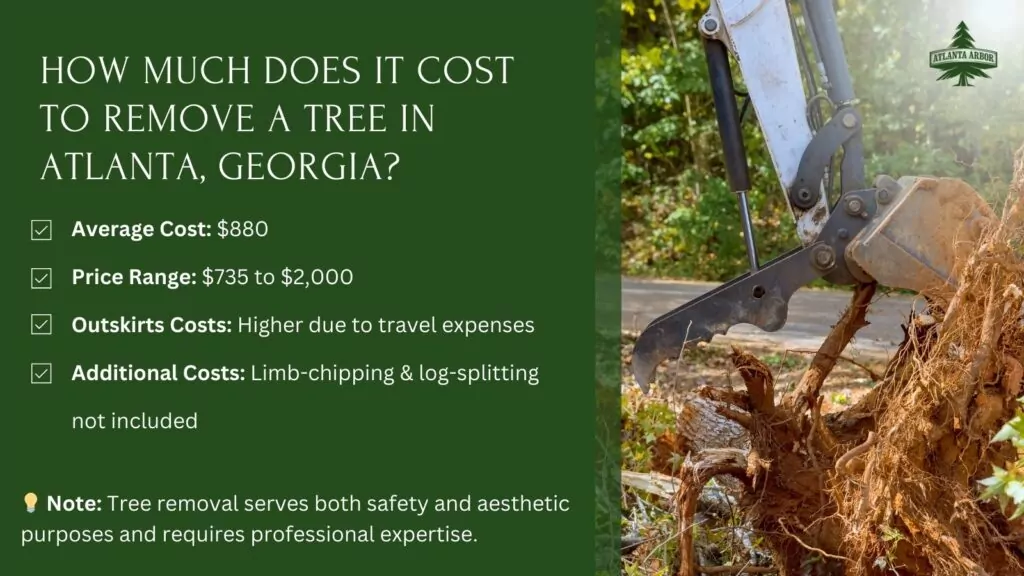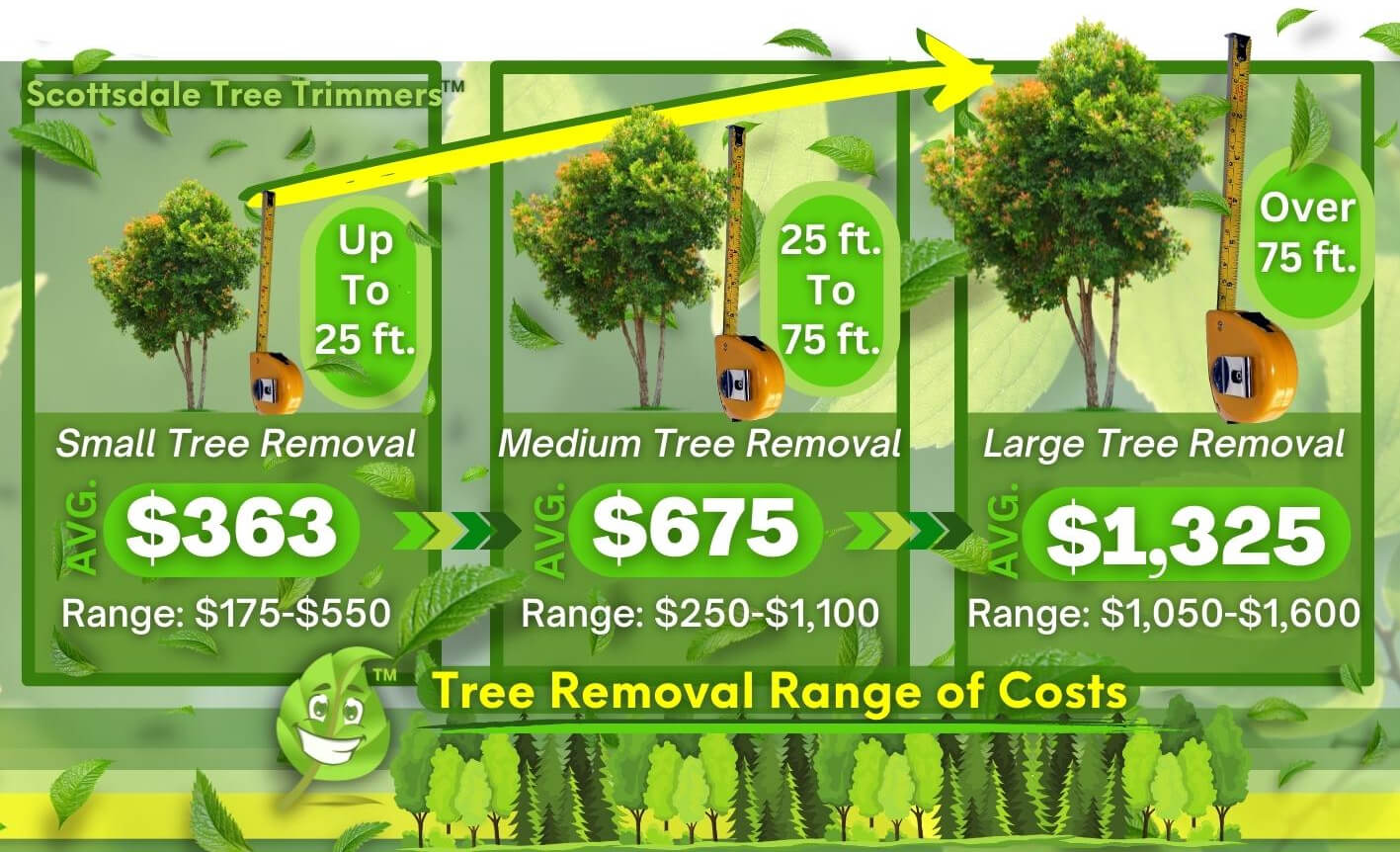Featured
Table of Contents
- – Lehi, UT Stump Grinding Customization Costs
- – Local Pricing For Stump Removal In Lehi, UT
- – Straight Stump Grinding Costs In Lehi, UT
- – Lehi, UT Stump Removal: Cost Range
- – Lehi, UT Tree Trimming Review: Value
- – High-End Tree Clearing Costs In Lehi, UT
- – Lehi, UT Area Tree Cutting Costs: Complete Gu...
- – Lehi, UT Tree Cutting: How Much To Expect
- – Lehi, UT Arborist Case Studies: Costs
- – Accessible Tree Service Costs In Lehi, UT
- – Discounts On Tree Clearing In Lehi, UT
- – Best Time To Hire An Tree Removal In Lehi, UT
- – How To Budget For A Tree Cutting In Lehi, UT
- – Getting The Best Stump Grinding Rates In Leh...
- – Refurbished Tree Trimming Prices In Lehi, UT

The subsections below supply more comprehensive info about pricing, including an average variety for each. TypeAverage Elimination CostPineConiferPalmMagnoliaArborvitaeAshCedarSweet GumEucalyptusSycamoreCypressOakMaplePoplar You can expect to pay in between to remove a pine, depending upon its size. Eliminating a pine is one of the more economical tasks unless it is one that has been around for several years and is rather large.
Lehi, UT Stump Grinding Customization Costs
Pines likewise have a tap root that grows deep into the soil, which can show to be more challenging to get rid of. The process itself involves a specialist cutting the tree, clearing the base, cutting the surface roots, eliminating the stump, and finally treating the soil. Without a professional hand, you risk leaving pine seedlings behind, which will fall from the roots of distressed pines.
Local Pricing For Stump Removal In Lehi, UT
The U.S. nationwide average for conifer removal is roughly to have the conifer lowered, transported away, and the stump ground or eliminated completely. Conifers are usually simpler to eliminate, and despite the fact that they can grow quite tall, they do not cost a fortune to remove. Conifers include pine, spruce, fir, and juniper trees.
Straight Stump Grinding Costs In Lehi, UT
While conifers are beautiful, they kill native plants and certain kinds of turf. This is since they need a lot of water and nutrients to make it through, so they seep it off surrounding plants. They likewise have an extensive network of roots, which can affect your home's structure. The average cost of palm elimination depends on the height as much as the type, varying from.
Lehi, UT Stump Removal: Cost Range
That is why it is crucial to know which type you are eliminating. While you do not need an herbicide to kill a palm tree, there are some actions your removal professional will need to require to ensure the job is done properly. There are 2 ways they can get rid of them: by slicing them down or digging them up.
Lehi, UT Tree Trimming Review: Value
From there, they remove the actual tree and then the stump. Expect to pay between to eliminate this type of tree, depending on the precise size and information of the task.
High-End Tree Clearing Costs In Lehi, UT
There are 3 types: green, white, and black ash. White ash is known for its many colors. With its gray-tinged bark, its leaves are green or purple in the spring and golden yellow or purplish-red in the fall. They enjoy moderate environments and lots of sun. The green ash is named such due to its green or yellow foliage.
Lehi, UT Area Tree Cutting Costs: Complete Guide

However, the bark is softer, and it flowers later on in the year. Due to the variation in height, the removal rate variance is broad from. A coniferous, evergreen tree, the cedar is a sturdy types. Real cedars enjoy higher elevations, mainly in the Himalayas and the Mediterranean. A true cedar can grow as high as 160 feet in height and is often planted in the United States as a landscape option.
Lehi, UT Tree Cutting: How Much To Expect
The development of false cedars varies from 50 feet up to 230 feet high. With star-shaped leaves and stunning fall colors, the sweet gum is thought about a medium to large tree.
Lehi, UT Arborist Case Studies: Costs
It has a huge root base of 40 to 50 feet, which impacts the removal cost. Usually, it costs in between to remove a eucalyptus. Eucalyptus are not typical all over, however they are quite big compared to others, which is why even the smaller ones are so expensive to get rid of. Originally from Australia, eucalyptus are invasive plants that grow in thick groves that get native plants.
Accessible Tree Service Costs In Lehi, UT
There are a handful of methods to do this, consisting of burning, pulling, grinding, or eliminating them with herbicide. Anticipate to pay between to get rid of sycamores, based on the height, trunk size, and quantity of work involved. Sycamores are one of the largest hardwood trees, normally ranging from 60 to 100 feet tall and as wide as 15 feet.
Discounts On Tree Clearing In Lehi, UT
The first two actions will expose the withins of the tree and cut off the flow of nutrients up the trunk. From there, a professional applies herbicide to kill the tree and cuts down the trunk.
Best Time To Hire An Tree Removal In Lehi, UT
There are lots of different types of Cypress trees, but the most common are the Leyland, Arizona, Bald, and Italian. The Bald Cypress grows in swampy or very moist areas while the others enjoy a dry, warm, or hot climate (stump grinding). They can grow as high as 80 to 100 feet tall
How To Budget For A Tree Cutting In Lehi, UT

Prone to diseases, the Cypress is among the most prized woods for furnishings. The average oak grows to around 60 feet, and depending upon the intricacy of the elimination, it costs approximately to remove. The exact size of your oak and the effort required to fell it affect what you will really spend for elimination in addition to any extra services like stump grinding.
Getting The Best Stump Grinding Rates In Lehi, UT
Access to the trees and the roots will also affect the general cost. Maples can quickly mature to 100 feet or more and generally expense between to get rid of from your property. The final rate depends on the actual height and complexity of the task. Maples are usually amongst the more costly trees to eliminate due to the fact that of their size and the work involved in the removal.
Refurbished Tree Trimming Prices In Lehi, UT
Growing as high as 90 to 115 feet, these massive woods are generally found in North America and consist of the aspen, cottonwood, and balsam trees. The procedure to get rid of trees involves all the cutting and cutting of the branches and trunk, bringing it down to a stump.
Table of Contents
- – Lehi, UT Stump Grinding Customization Costs
- – Local Pricing For Stump Removal In Lehi, UT
- – Straight Stump Grinding Costs In Lehi, UT
- – Lehi, UT Stump Removal: Cost Range
- – Lehi, UT Tree Trimming Review: Value
- – High-End Tree Clearing Costs In Lehi, UT
- – Lehi, UT Area Tree Cutting Costs: Complete Gu...
- – Lehi, UT Tree Cutting: How Much To Expect
- – Lehi, UT Arborist Case Studies: Costs
- – Accessible Tree Service Costs In Lehi, UT
- – Discounts On Tree Clearing In Lehi, UT
- – Best Time To Hire An Tree Removal In Lehi, UT
- – How To Budget For A Tree Cutting In Lehi, UT
- – Getting The Best Stump Grinding Rates In Leh...
- – Refurbished Tree Trimming Prices In Lehi, UT
Latest Posts
Weslaco, TX Tree Removal Installation Prices
Leland, NC Tree Cutting Pricing Breakdown
Phoenixville, PA Tree Removal Evaluation: Pricing
More
Latest Posts
Weslaco, TX Tree Removal Installation Prices
Leland, NC Tree Cutting Pricing Breakdown
Phoenixville, PA Tree Removal Evaluation: Pricing